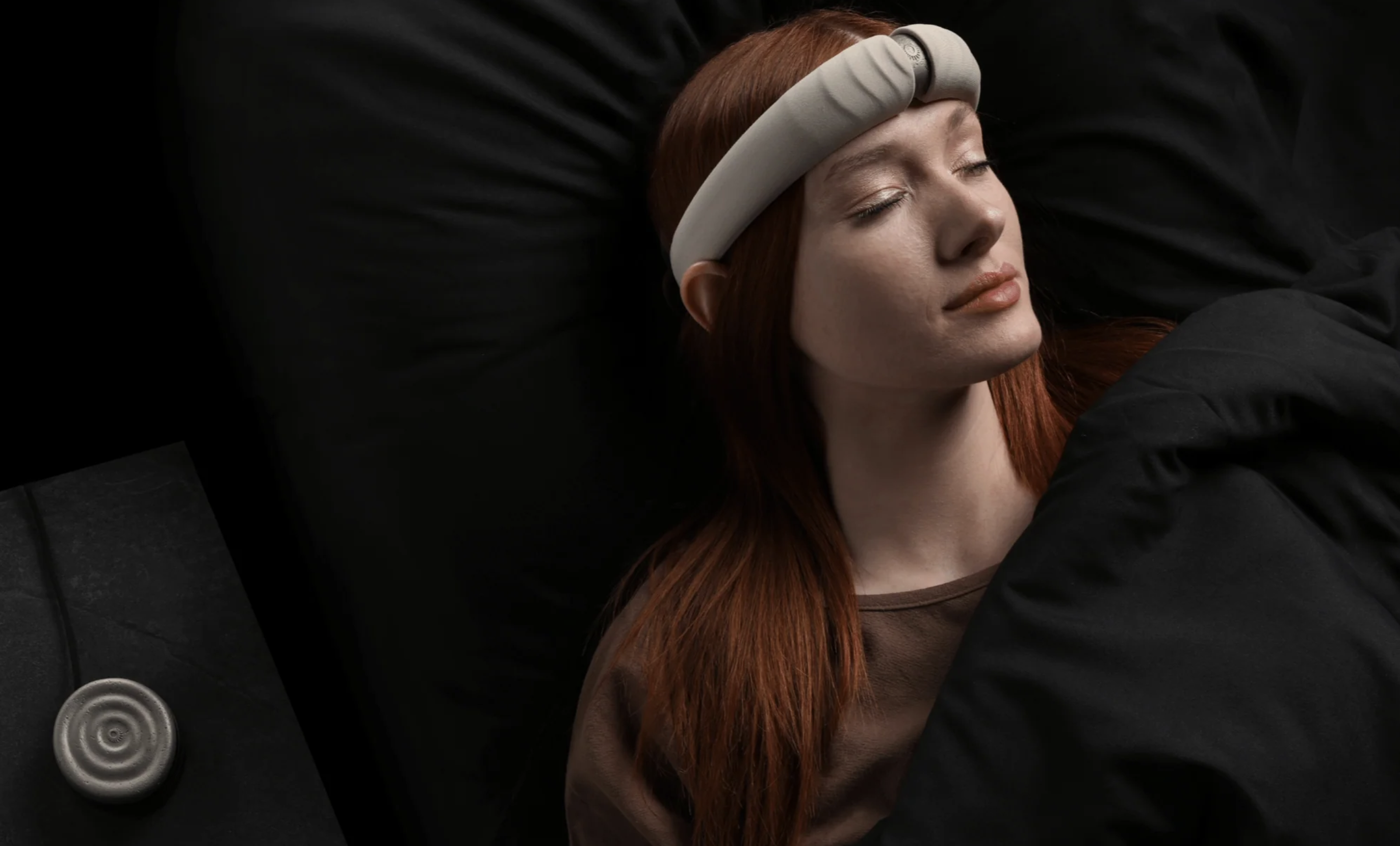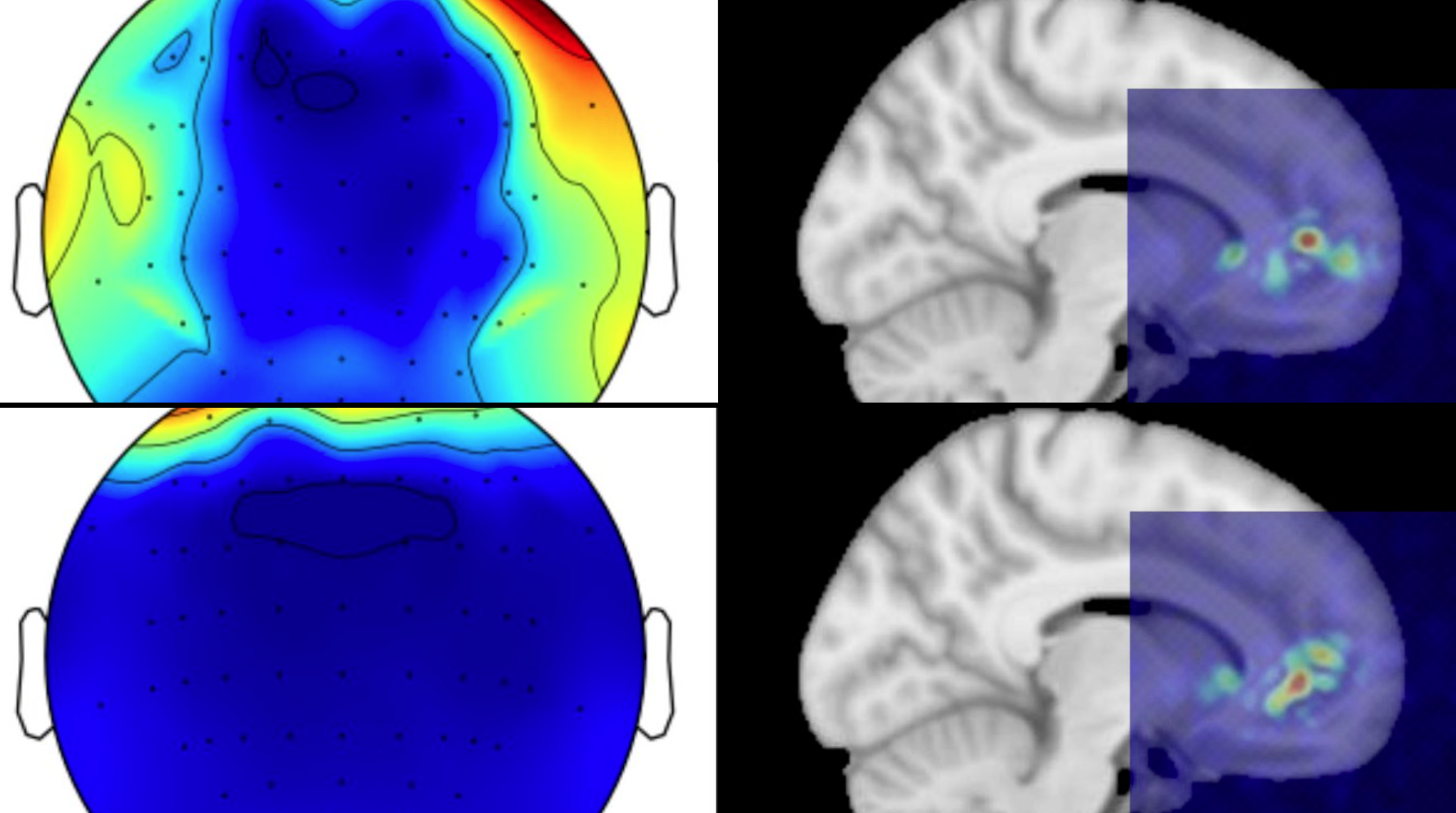
Artificial intelligence has entered every aspect of our technological lives in the past few years, from chatbots to catflaps — but one company wants AI to enter your dreams.
Neurotechnology startup Prophetic has a new AI model called Morpheus-1 that it claims can help people both enter a lucid dream state and stabilize that dream.
Lucid dreaming is a state of dreaming where the dreamer is aware that they are dreaming and often has some control over the dream characters, narrative, and environment. It was the main plot device in Christopher Nolan’s confusing 2010 modern classic Inception.
Prophetic says the model takes the current brain state as a prompt and generates ultrasound holograms that can be sent to the brain to start the lucid dream state and keep it stable.
How does Morpheus-1 actually work?
INTRODUCING MORPHEUS-1The world’s first multi-modal generative ultrasonic transformer designed to induce and stabilize lucid dreams. Available for beta users Spring 2024 pic.twitter.com/crFJ0aNblPJanuary 25, 2024
Morpheus-1, named after the Greek god of dreams, is an AI model trained on 8 GPUs over two days using the same underlying transformer technology that powers ChatGPT and MidJourney.
Unlike large language models or image generators, Morpheus-1 takes brain activity as the prompt and generates shaped sound waves that can react with that brain state as an output.
This new approach to brain stimulation will be tied to a new headband product called The Halo that Prophetic is releasing as a beta program in the Spring.
The Halo sends the sound waves, or ultrasound holograms, into the brain to connect with the current brain state and combined can put the mind into a lucid state.
What is lucid dreaming and why is it useful?
According to Prophetic: “Lucid dreams are a type of dream where the dreamer becomes aware that they are asleep.”
They effectively give you control over that dream and the company says they are “particle accelerators for consciousness” allowing people to gain self-awareness.
To me it seems like a state where you can be the main character and decide where to go, turning your mind into the best and most realistic open-world game possible.
Lucid dreams are a type of dream where the dreamer becomes aware that they are asleep
Prophetic
There have been countless studies into the phenomenon of lucid dreaming, and others into ways to induce it.
One group of researchers found you could have people squat during a lucid dream and increase the heart rate as if doing it for real — despite them not moving.
It has also been shown as a way to treat nightmares and nightmare disorders as you can change the response to something more empowering during the lucid nightmare. It has also been suggested as a technique to treat clinical depression or PTSD.
However, it can also lead to disturbed sleep if used too frequently and one of the best techniques for entering a lucid dream state is also a threat to getting a good night's sleep as it involves waking up after four hours, intense focus and then going back to sleep.
AI as a path to safer lucid dreaming?

Prophetic claims that their technique will not only induce a lucid dream state, keep it active and stable for longer but also provide a safer way to get to that state in the first place.
“Morpheus-1 is a leap forward in that mission, moving us closer to ultrasonically inducing conscious experiences on-demand and changing the world forever,” the company wrote on X.
It would be achieved through a non-invasive wearable technology. Specifically, a headband that sends ultrasound signals into the brain. The Halo uses a “neurostimulation system, replicating the neural activation patterns typical of natural lucid dreaming.”
I won’t be on the list of beta testers. While I find AI fascinating I don’t find it fascinating enough to trust it with my brain state or dreams. But the underlying concept is a fascinating one and if it does work as the developers suggest — could lead to major breakthroughs in how we see ourselves.







